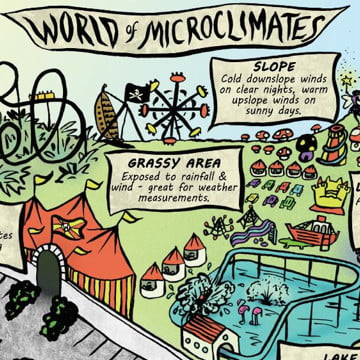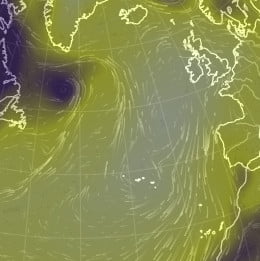Resources to support the teaching and learning of climate change
Our changing climate will impact at the global, national and local scales. Through some of the latest scientific data and projections, Climate4classrooms provides curriculum linked teaching resources about climate change for pupils.
Resources include:
- Data sets showing the latest global and national climate predictions
- Climate science brought to life by the experts
- Case studies investigating global, national and local impacts and solutions
- Guidance for teachers on using the resources
The resources in this section have been developed in collaboration with climate scientists and using data from the latest research, including the Intergovernmental Panel on Climate Change (IPCC).
About climate change – some in depth answers to key questions such as:
What is Climate Change?
What causes climate change?
The evidence for climate change
How do we predict the future?
What will the future look like?
How is your temperature changing?
How are your seasons changing?
Changes in hot days and nights
How will precipitation change?
Climate change in your community,
Mitigation and adaptation.
UK climate data. You can find climate graphs for other countries here.
A glossary of climate change terms.
Teaching Resources
Teaching resources covering the following topics can be found at https://www.rgs.org/schools/teaching-resources/climate-4-classrooms/



